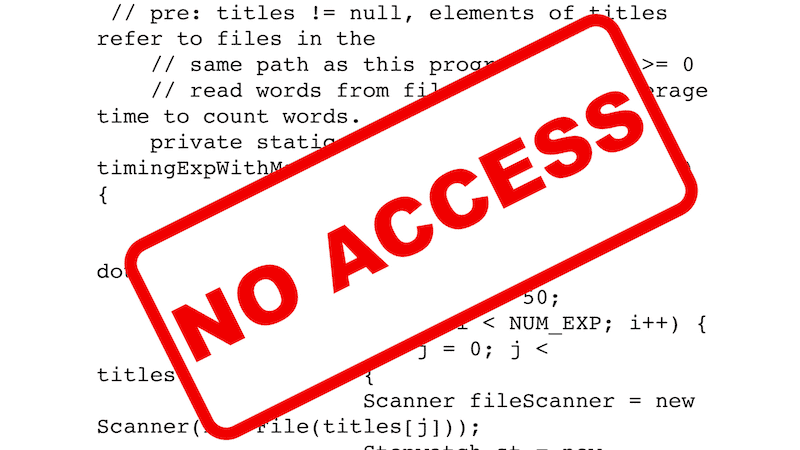What Is Open-Source Software?
Free as well as open-source applications allow users to not just openly utilize a program but also to examine, alter, and distribute the project’s source code. An individual’s (or a device’s) handwritten script is referred to as the “source code” in software development terms. Although binary code is a kind of communication that machines use, this is not the same as binary code. Binary programs are created after a developer finishes developing source code for an application. Source code can be read by a person. Binary code may be interpreted by a machine. To execute a binary code on your machine, users normally need to download it from someone else’s website. That application isn’t complimentary as well as open-source until they likewise supply people with the codebase and the ability to do with both basically what you want.
What Is Closed-Source Software?
There are several types of closed-source applications, but the most common is software that does not allow users to access its source code. Just the binary file is accessible to users. The term “proprietary software” refers to closed-source software. This is due to the fact that software engineers consider the source code to be confidential property. For them, providing everyone entry to this data would offer everyone else a comparative benefit: the capacity to duplicate and modify a program without needing to pay a programmer or group of programmers to accomplish the same task. Assuming you were raised on Linux, you’re more than likely acquainted with the latter technology. Application creators and large organizations equally are drawn to this form of technology since it is simpler to commercialize than other types of technology. If you have to subscribe to an end-user licensing contract before utilizing software for the first time, that’s another warning indicator.
Closed-source technology is standard on many desktops and smartphones sold by big-box retailers. Those who are more technologically savvy have the option of switching to an open os. People may always buy a Linux notebook on amazon or get free open-source software for their preferred os. In contrast, the free and open-source application does not arrive with a similar level of financing, and is usually supplied “as is.” The greatest instruments for the task are only accessible in patented format, even if it’s more than adequate in so many (if not all) application scenarios.
